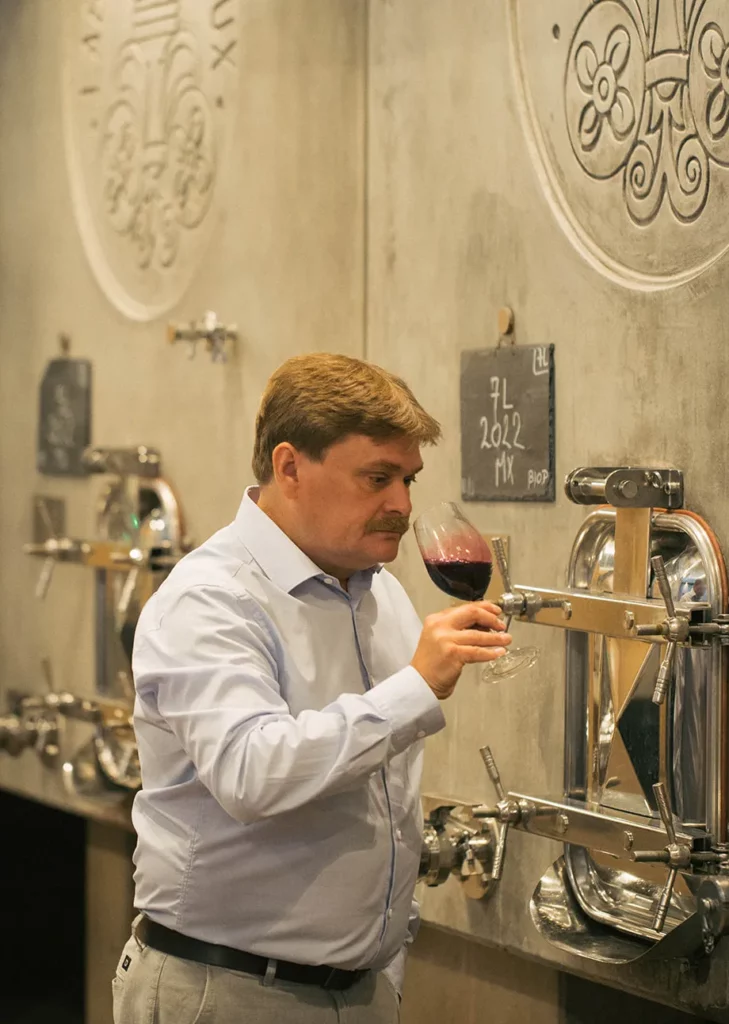In ‘the thorny shrub’ that the etymology of “gorsse” proffers for the splendid vineyards of Labégorce today, generations of lords and farmers have succeeded in shaping the identity of the estate.
A vision was also needed, an intuition that reveals the great potential of a territory through the ambition that the vision carries. Hubert Perrodo’s great vision in 1989 centred on the tradition of those who had loved this land over the centuries. Therefore, more than two hundred years after the division of the property in three parts (Labégorce Margaux, Labégorce Zédé and L’abbé Gorsse de Gorsse which only lives on today as the family home), he has overcome the crazy challenge of putting them back together.
The symbiosis of Labégorce and Labégorce Zédé is self-evident, the new Labégorce (since the 2009 vintage) offers a lively fruit flavoured palette, extensive, rich, complex, smooth, lined with delicate tannins and great finesse. Today his daughter Nathalie Perrodo Samani is responsible for the estate on behalf of her family.


A wine from the heart
Labégorce is a beloved estate where wine has been made for centuries. A place where other people matter and a wine that brings people together. For 30 years the Perrodo family have built their memories here : having fun together, going on bike rides, playing polo…
Following in the footsteps of the great Margaux wines
Often compared to a cru classé thanks to the quality of its wines and its illustrious neighbours (Margaux, Lascombes, Malescot, Marquis d’Alesme), Labégorce suffered from family squabbles when the wine classification was established in 1855.
Today, harmony has been restored.
700 years of history
The combination of the historic Margaux terroir, established in 1332, and the forward-thinking vision of Hubert Perrodo in 1989, elevated the vineyard to a superior level of quality. Notably, this great captain was striving to restore the estate’s lost harmony and achieve the ambitious goal of reuniting the estate, which two centuries ago had been divided into three. Since the 2009 vintage, the estate’s wines have been reunited in a single bottle, with the estate’s second wine now being called Zédé de Labégorce.
